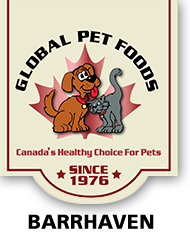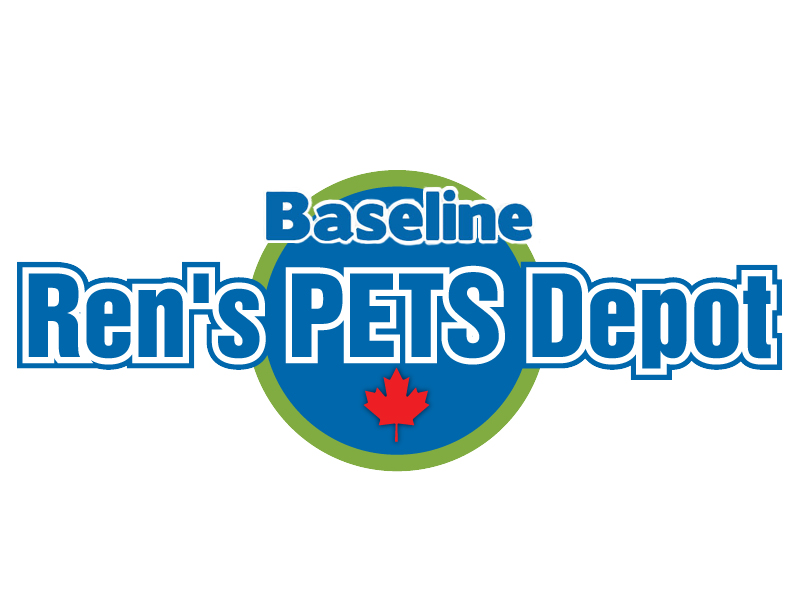Fall Training Tips for Sled Dogs
There are as many opinions about training dogs as there are people in the sport. This is intended to be mini-guide for recreational mushers getting started with the sport. Please feel free to add your thoughts by e-mailing to info@mushlarose.ca, so they can be posted here, or start a conversation on our Facebook page.
Training Recreational Sled Dogs
Here is more information on heat stress in dogs: what is it, what are the signs, and how to avoid it. To summarize: you must be careful running dogs in temperatures over -5°C, and in particular over 10°C and depending on the humidity level. They will run too much and over heat (called hyperthemia), which can permanently injure a dog, so take care.
Hyperthermia in Northern Breed Dogs
What kind of dog do you need for sled dog sports?
There aren’t many breeds that have not been used for sledding and skijor dogs. However, it’s best if
your dog is more than 18kg (40 pounds) so that they can have enough mass to be able to pull you around. Your dog should be able to handle winter temperatures, though there are coats and booties to assist with that for some of the more southern breeds.
Purpose bred dogs are more likely to be faster to pick up the idea of pulling you around (Siberians Huskies, Alaskan Malamutes, etc); and some unregistered mixed breed dogs are faster in competition (Alaskan Huskies, Greysters); while some dogs are partucularly good at the hotter dryland sports (German Shorthaired Pointers and various other hounds).
In sledding the important thing is that the team of dogs are all comfortable running about the same speed and distance. Where as in skijor, smaller dogs may not add much to your speed, but you may still enjoy the outing together.











